Archives
- 2025-11
- 2025-10
- 2025-09
- 2025-03
- 2025-02
- 2025-01
- 2024-12
- 2024-11
- 2024-10
- 2024-09
- 2024-08
- 2024-07
- 2024-06
- 2024-05
- 2024-04
- 2024-03
- 2024-02
- 2024-01
- 2023-12
- 2023-11
- 2023-10
- 2023-09
- 2023-08
- 2023-07
- 2023-06
- 2023-05
- 2023-04
- 2023-03
- 2023-02
- 2023-01
- 2022-12
- 2022-11
- 2022-10
- 2022-09
- 2022-08
- 2022-07
- 2022-06
- 2022-05
- 2022-04
- 2022-03
- 2022-02
- 2022-01
- 2021-12
- 2021-11
- 2021-10
- 2021-09
- 2021-08
- 2021-07
- 2021-06
- 2021-05
- 2021-04
- 2021-03
- 2021-02
- 2021-01
- 2020-12
- 2020-11
- 2020-10
- 2020-09
- 2020-08
- 2020-07
- 2020-06
- 2020-05
- 2020-04
- 2020-03
- 2020-02
- 2020-01
- 2019-12
- 2019-11
- 2019-10
- 2019-09
- 2019-08
- 2018-07
-
Based on our finding that TFA
2021-10-21
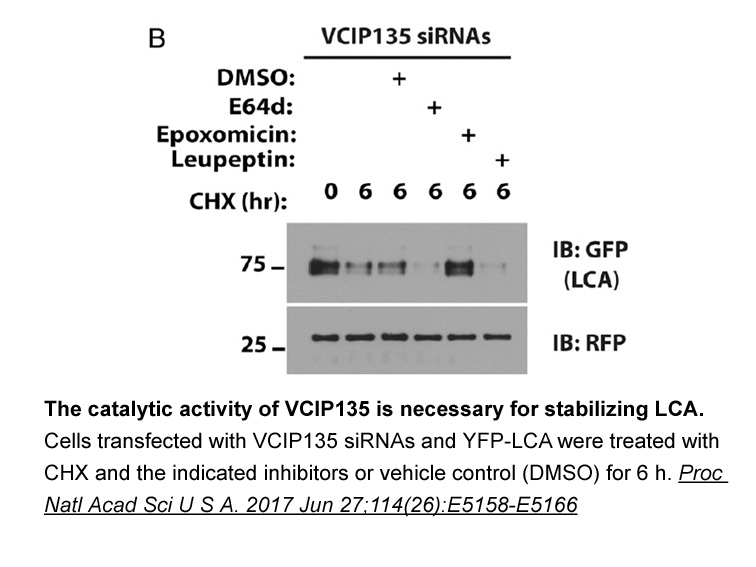
Based on our finding that TFA modulates GlyR function and reports that TFA-bound TAPI-1 can differ markedly from those synthesized without TFA, we retested a previously published dodecapeptide (D12-116) that also enhanced GlyR function but this time as a chloride salt (Tipps et al., 2010). No differ
-
In this study we also profiled the expression of the
2021-10-21

In this study, we also profiled the expression of the transporters in wild-type RBL-2H3 cells, RBL-2H3 Sc98 cells, and rat peritoneal mast cells. OCT1 and PMAT were expressed at high levels in both RBL-2H3 Sc98 and RBL-2H3 cells. However, OCT2 and OCT3 were weakly or least detected in RBL-2H3 Sc98 c
-
Up to now the research about the effect of PAs
2021-10-21
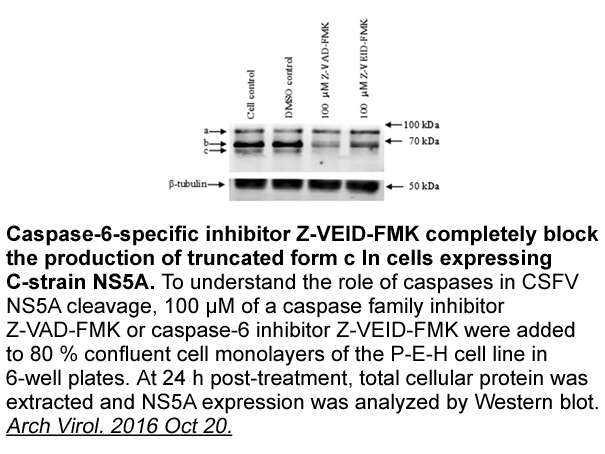
Up to now, the research about the effect of PAs on inhibiting carbohydrase activity in vitro or reducing blood sugar level in vivo was mainly reported in PAs from grape seeds, Lepisanthes alata (Malay cherry) leaves, sorghum, pomegranate, cranberry and persimmon (Banerji and Banerjee, 2016, Barrett
-
br Results and discussion br Conclusions As
2021-10-21

Results and discussion Conclusions As described above, the SAR study based on compound 1 led to the identification of compound 4 as an ideal inhibitor. An enzyme level investigation showed that 4 is a more potent and selective FGFRs tyrosine kinase inhibitor than is Ponatinib. In addition, the
-
Benzene metabolism occurs primarily in the liver where
2021-10-21
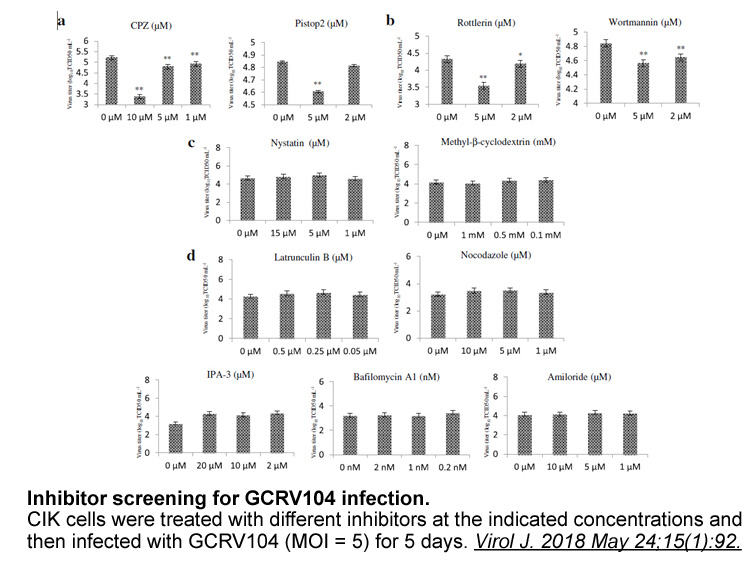
Benzene metabolism occurs primarily in the liver where benzene is converted into phenol, catechol, hydroquinone (HQ). HQ is further converted to 1,4-benzoquinone (1,4-BQ) in the bone marrow which is the primary organ of benzene toxicity (Bolton et al., 2000). 1,4-BQ is an important benzene metaboli
-
A series of P P ureas were explored
2021-10-21
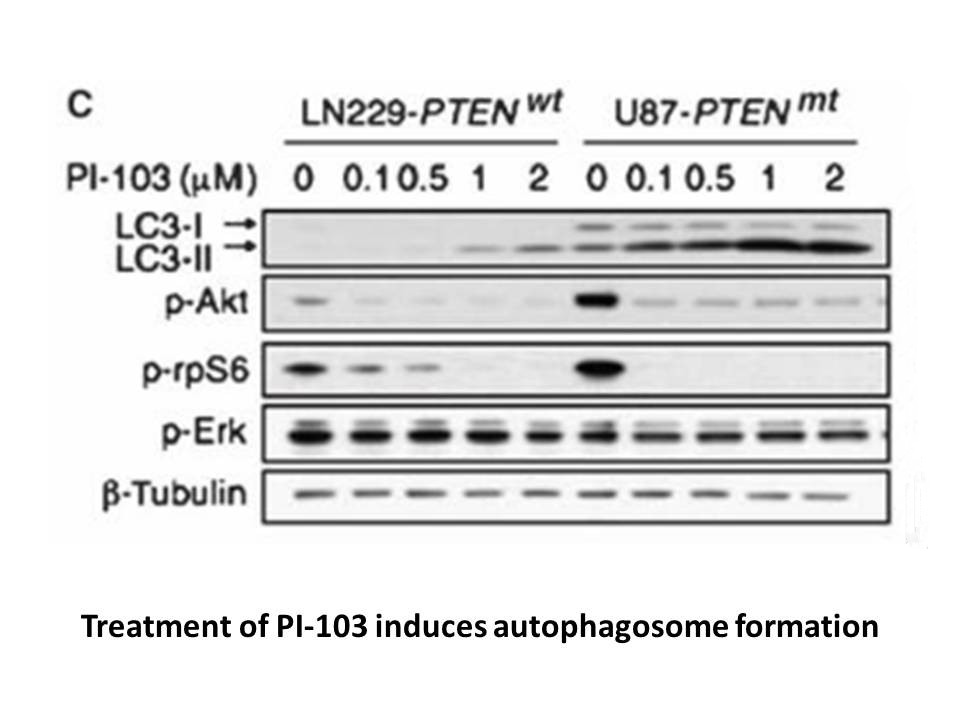
A series of P3-P4 ureas were explored first and their anti-NS3 protease activity, antiviral properties in a HCV replicon cell-based assay and PK profiles examined. Installation of a methyl group on the P4 side nitrogen Fmoc-Phe-OPfp of the urea yielded , a molecule which retained intrinsic potency
-
br AURK Functions br Concluding Remarks
2021-10-21
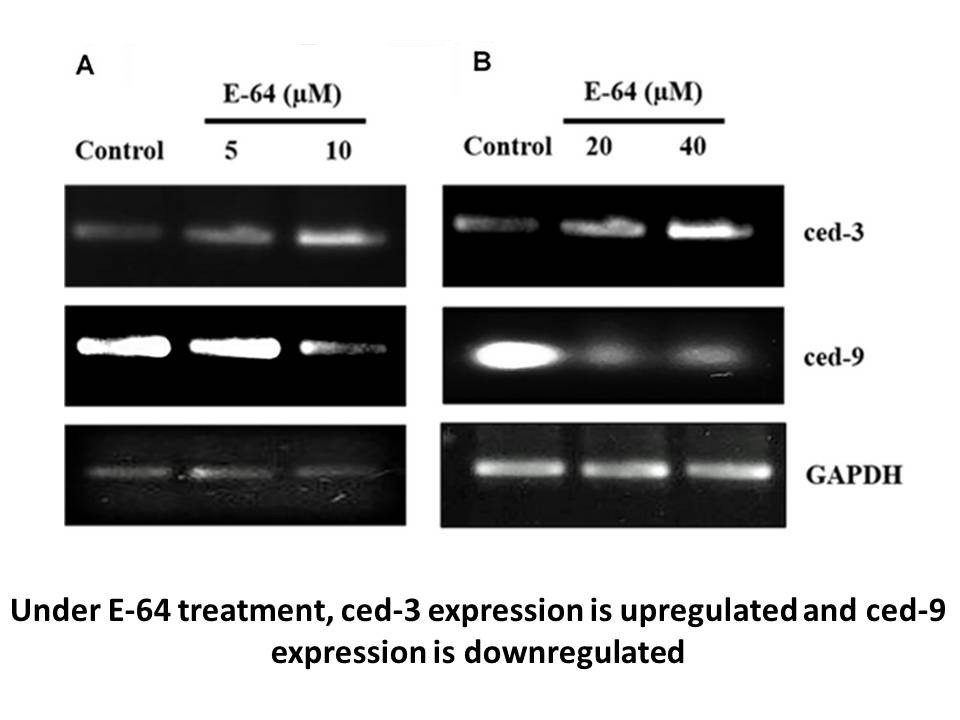
AURK Functions Concluding Remarks The AURKs are crucial regulators of cell division; however, little is known about the mechanisms by which these kinases function in meiosis. Recent work has begun to chip away at the specific roles that each of the kinases play; however, as more is uncovered,
-
br Role of dynamin in NPRA endocytosis
2021-10-21
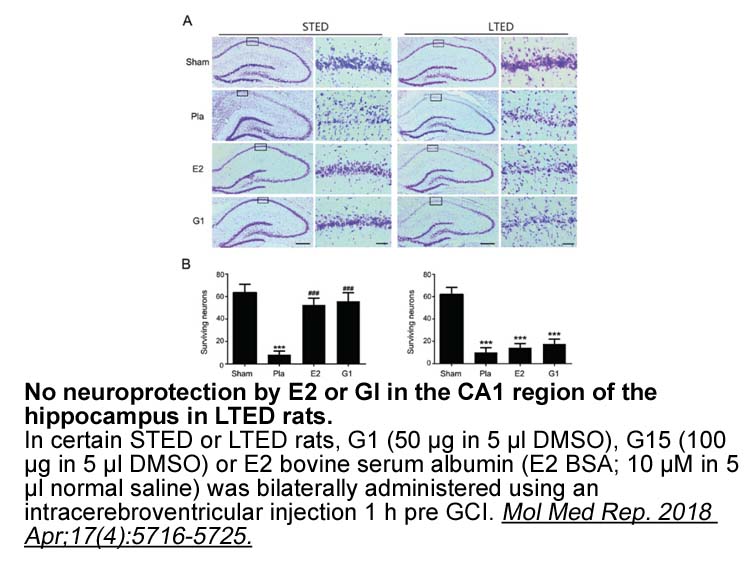
Role of dynamin in NPRA endocytosis In recent studies using 125I-ANP binding assay and confocal microscopy, we have examined the role of dynamin in the internalization and trafficking of NPRA in a stably transfected HEK-293 WP 1130 [69]. Our findings indicated that ANP treatment of high-density
-
UV vis spectra of hsGC proteins were recorded with an
2021-10-21
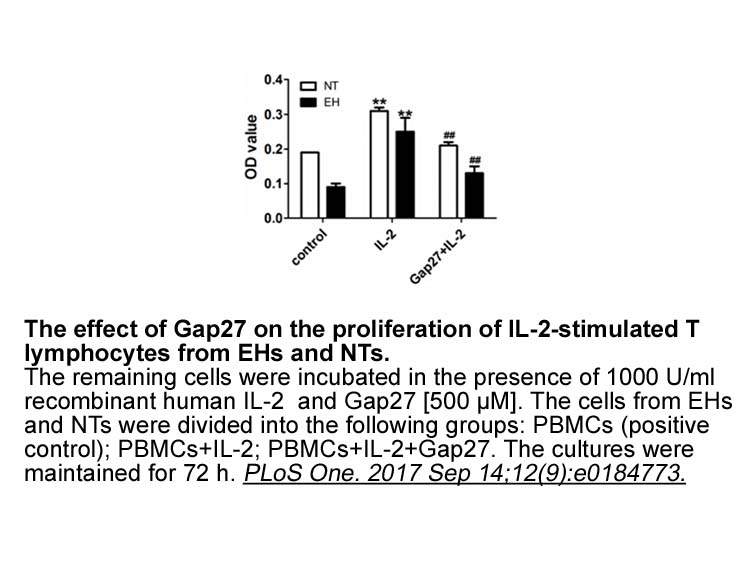
UV–vis spectra of hsGC proteins were recorded with an HP8453 UV–vis spectrophotometer at 20°C. The corresponding ferrous, CO-bound and NO-bound species were prepared with the similar published procedure [7], [15]. The heme transfer reactions were performed by a UV–vis spectrometer with kinetic mode
-
In addition to vertebrate species GnRH has
2021-10-20
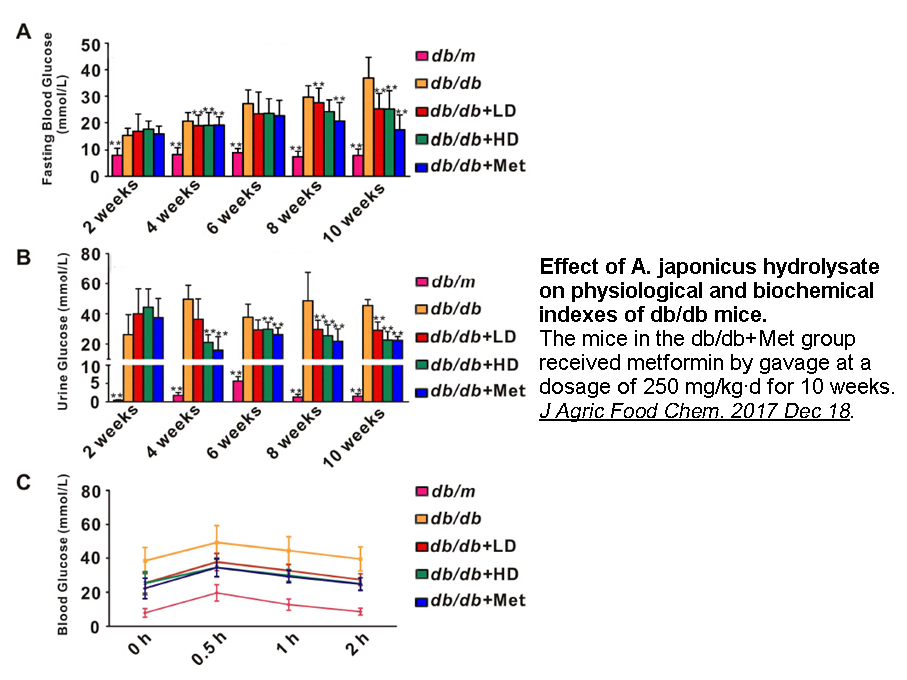
In addition to vertebrate species, GnRH has been identified in invertebrates, such as in the Protochordate Ciona intestinalis (Powell et al., 1996; Adams et al., 2003), the decapods mollusk Octopus vulgaris (Iwakoshi et al., 2002), the gastropod mollusk, the sea hare Aplysia californica (Zhang et al
-
The first FPR ligand described is
2021-10-20

The first FPR1 ligand described is the fMLF peptide, which binds with high affinity (in the nM range) to and activates FPR1. Formylated peptides derived from Listeria monocytogenes also selectively activate FPR1 [10] (Table 1). Formylation of peptides also occurs in mitochondria. Thus, the release o
-
On the contrary the benzhydrol
2021-10-20

On the contrary, the benzhydrol series showed modest activity with EC of two digit micromole. The bulkiness of the AZD8186 tail may be the reason for the low activity. Interestingly, introduction of H-bonding groups, such as OMe in and CF in , slightly improved the activity compared to the unsubst
-
Attractively existing reports suggest that cellular ferropto
2021-10-20
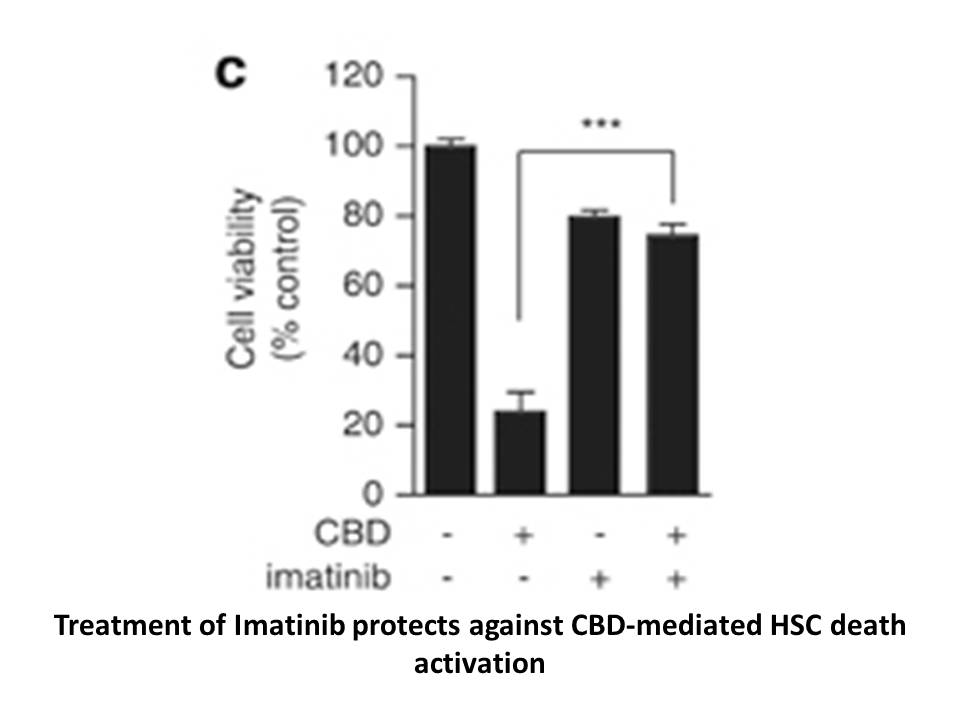
Attractively, existing reports suggest that cellular ferroptosis also probably plays vital role in liver fibrosis [[62], [63], [64]]. Carlson BA et al. illuminated that the ferroptosis regulator GPX4 was important for hepatocyte survival and proper liver function [62]. Sun X et al. showed that Nrf2
-
br Role of ferroptosis in PD
2021-10-20

Role of ferroptosis in PD Pathological progression of PD displays features that may facilitate ferroptosis induction such as elevated iron in the SNpc [49], [57], [88], [122], depleted GSH [194] and lipid peroxidation [51]. Iron chelation has been shown to mitigate the motor impairment in mouse m
-
br Dual acting HR antagonists While
2021-10-20
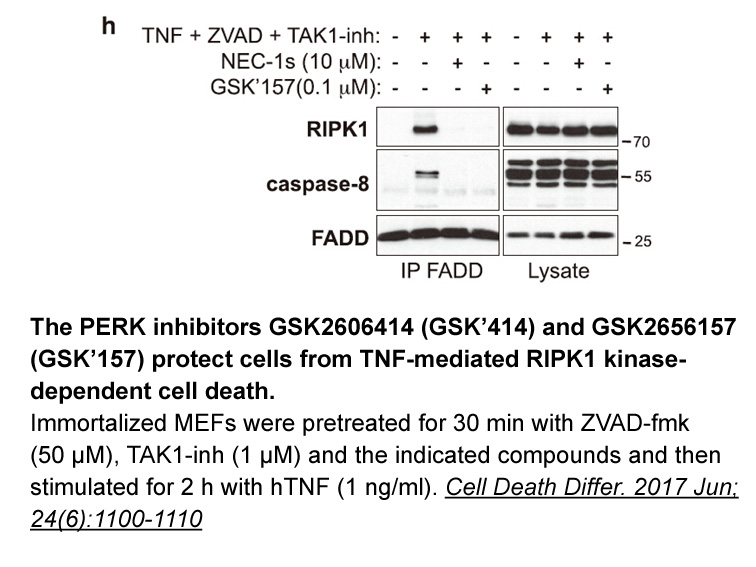
Dual-acting HR antagonists While the present medicinal chemistry efforts are mainly focused on selective ligands targeting GPCRs, and particularly on H1R, H3R and H4R selective antagonists/agonists, there were and, also, still are several efforts to develop dual acting H1R/H2R, H1R/H3R and H3R/H4
14430 records 545/962 page Previous Next First page 上5页 541542543544545 下5页 Last page